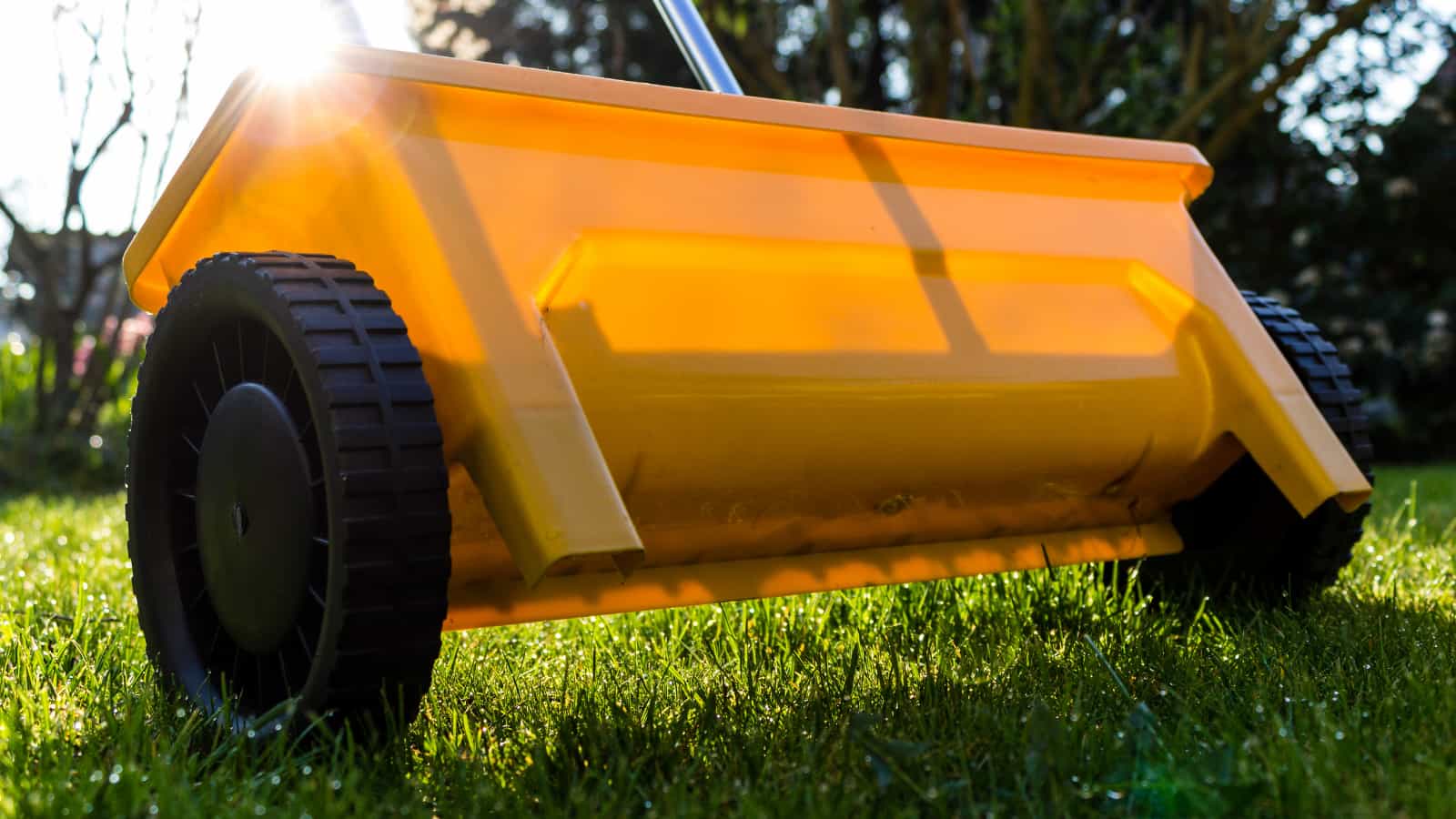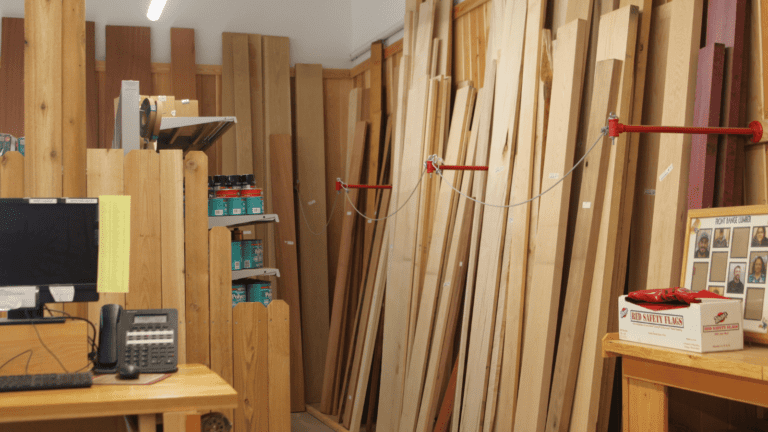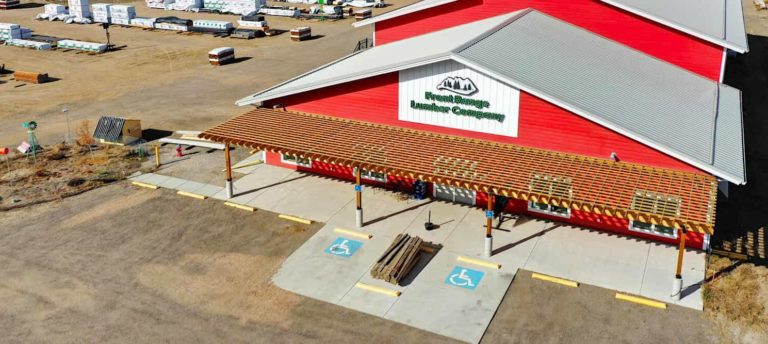Follow these 9 Fall yard care tips for a great lawn next year!
Fall is a critical time to prepare for a beautiful healthy lawn next spring.
Your lawn isn’t the only thing that needs attention, so do your trees, sprinkler systems, and of course your tools. These 9 tips are important and with beautiful autumn weather, what better time to be outside.
1. Don’t stop mowing.
Grass doesn’t stop growing until the first hard frost. Your lawn needs to be cut regularly, at around 2½- to 3-inch in height. If you cut it too long, it will mat and be vulnerable to fungi. If you cut your lawn too short it’s just as bad, because it diminishes the root system.
Did you know – the root depth is proportional to cutting height and disrupts your lawn’s ability to withstand winter cold and dryness.
Regular mowing also gets rid of those pesky leaves, chopping them up and leaving behind a soil-enhancing mulch.
Once you stop for the season, remember to winterize your mower. This includes changing the oil and spark plugs, sharpening the blades, cleaning the air filter, and inspecting for any damage.
2. Rake the leaves.
When leaves fall on your lawn, they block out sunlight and can prevent plants from making food. Additionally, a thick layer of leaves covering your lawn all autumn can create the perfect conditions for fungus to infect your lawn.
Raking also helps remove any thatch that may have built up. A leaf blower or vacuum won’t remove thatch, so it’s important to use a traditional rake once in a while.
Start raking as soon as the leaves fall to keep the sun shining on your lawn!
3. Over-seed your lawn.
Fall is the best time to over-seed your lawn because the soil temperature is still warm and is the perfect time for germinating grass seed.
Over-seeding helps fill in bare spots to provide a thick, green lawn and helps make your lawn less susceptible to disease and weeds.
4. Make sure to fertilize.
Fall is the single most important time of year to fertilize for a healthy lawn!
Choose a fall fertilizer designed for the unique demands of Colorado winters to boost the health of your lawn and provide vital nutrients to help your grass grow stronger in spring.
TIP: Fertilize soon after aerating to ensure that the nutrients will reach deeper into the soil.
5. Aerate your lawn.
Give your lawn some breathing room as it transitions into the cooler season. Aerating improves water, nutrient and oxygen movement into the soil and root systems.
Should I pick up plugs after aerating? Those aeration plugs are vital to the health of your lawn! So, DO NOT pick them up after it’s been aerated. Leaving the plugs where they are means the plugs will break down, microorganisms stay in place, and the nutrients from the plug soil will return to the soil below.
6. Fall and winter tree watering.
Traditionally, the driest months in Colorado are November through February. Trees should be watered about every three to four weeks, as long as temperatures are above freezing.
If not watered properly, trees that get too dry during this time can suffer stress and drought injury.
7. Fertilize your trees.
Fertilizing in the fall improves your soil by increasing nutrient availability and encouraging root growth.
Trees and shrubs with a healthy productive root system are far more likely to survive winter with fewer dead branches and increased spring growth.
8. Irrigation winterization.
As the weather turns cold it’s time to winterize your irrigation system. Blowing out sprinkler systems in the fall, prior to the colder months when low temperatures cause water to freeze, can save thousands of dollars in damage to your home.
Make sure your irrigation system is properly cleared of water, turned off and protected from freezing temperatures.
9. Clean the gutters.
After the leaves have fallen, check the gutters and give them a good cleaning. You definitely don’t want clogged gutters when winter storms roll in.





